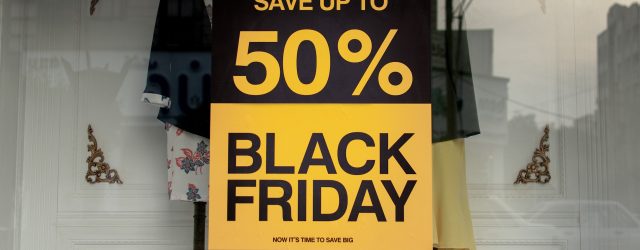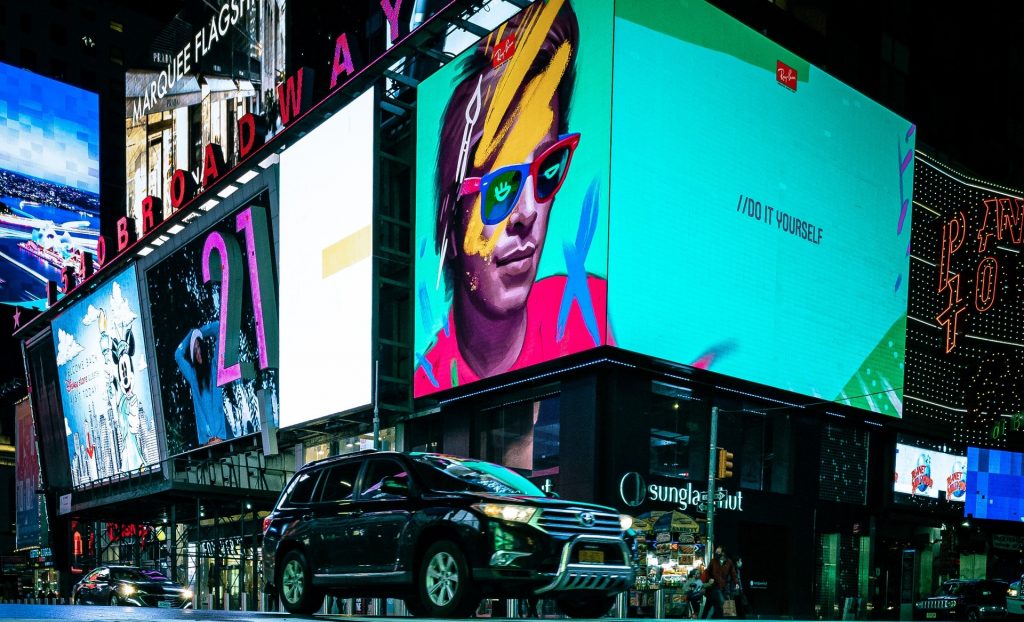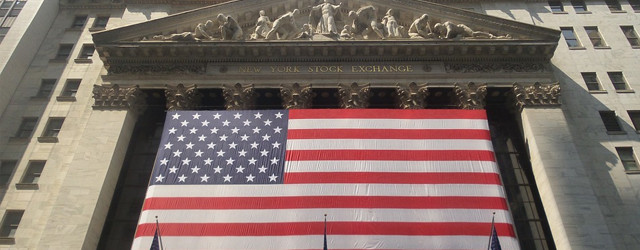Due to the pandemic, companies across the globe embraced the concept of a hybrid workplace set-up, which both employers and employees eventually got used to. It’s clear that this type of working environment is the way of the future. As pandemic limitations have been reduced globally, organisations are now exploring the possibility of inviting their staff back to the office or at least increasing the amount of time spent in the workplace.
If you wish to beat the present-day difficulties or grow your business, examining the hybrid work patterns in the US and the UK can assist. And if you are searching for a concise summary of the hybrid work trends in the US and the UK, we have you taken care of.
By altering the structure yet keeping the same meaning, one may remove any plagiarism from the text.
A Comparison of the Hybrid Workplace Trends in the United States and the United Kingdom
Desired Characteristics in a Job Environment
Employees have their own individual preferences when it comes to their job. Some may prefer a more flexible working environment, while others may favour a more structured system. Whatever the preference, employers should strive to create a workplace that meets the needs of their personnel.
An image depicting a hybrid workplace can be seen. This workplace is a combination of both remote and on-site work.
*Source: McKinsey
Employees are providing feedback about the future of working remotely, and it is clear that many see it as a viable option for the long term. They are citing several benefits, such as the ability to balance work and family life, increased productivity, and improved access to resources. Additionally, some are expressing a desire to stay remote in order to retain the freedoms it provides.
It is also worth taking a look at: What are the new work models and which one do employees prefer?
Continue Reading









